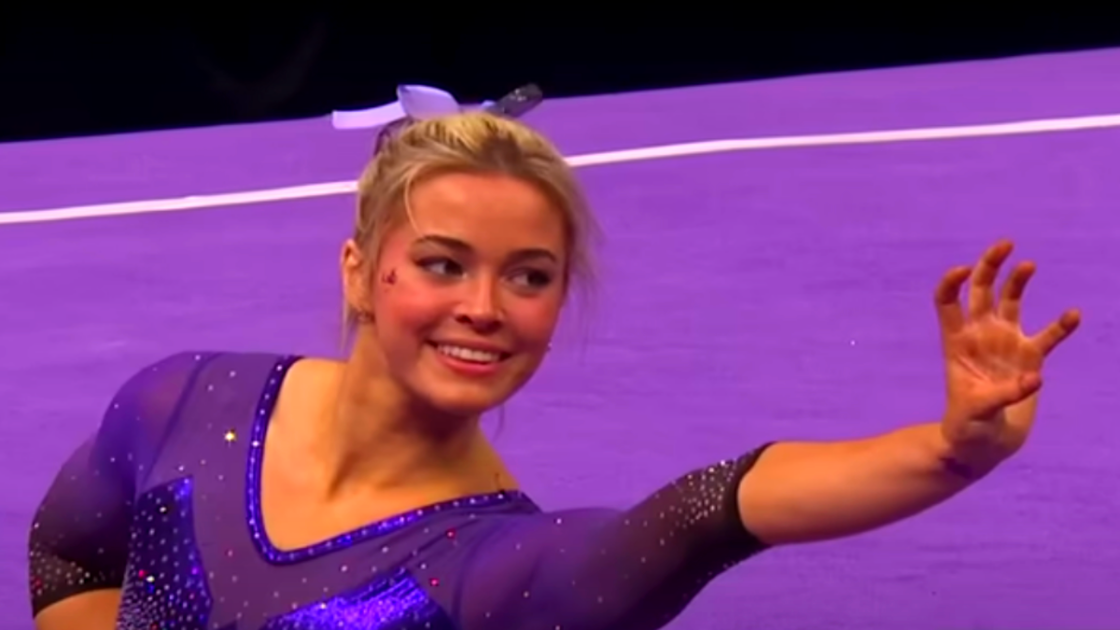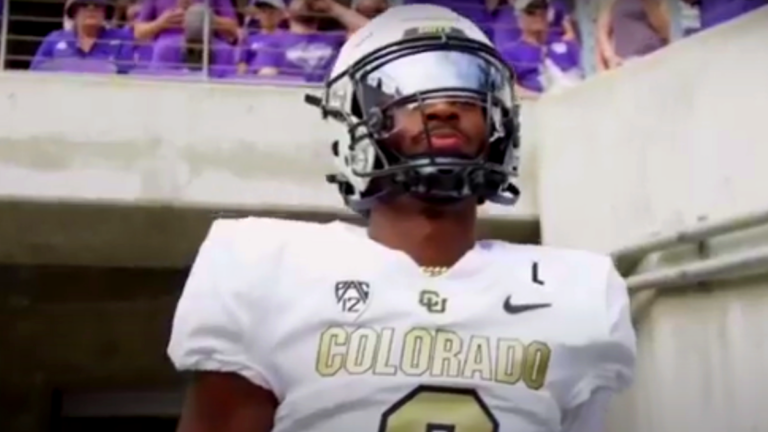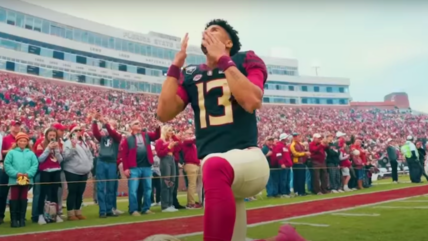
The NCAA is reportedly pushing for reforms in the Name, Image, and Likeness program that has reaped millions for college athletes
Since late 2021, high-profile collegiate athletes have been able to use their names, images, and likenesses to generate income – some to the tune of millions. Stars like Olivia Dunne, Arch Manning, and Shadeur Sanders make more money than many professional athletes these days. However, the NCAA may be taking steps to put restrictions on just how much cash ends up in kids’ hands.

Setting Some Limits
While the stars on the field are living large, the powers-that-be are crying foul. Or at least reining in just how much money can be fueled into programs. For example, Florida State’s football program was recently hit with some minor sanctions for violations surrounding their NIL collective.
Now? The Division I council, which is charged with rulemaking for DI, approved measures that include the establishment of a voluntary registration process for NIL service providers.
It would require all NCAA athletes to disclose any deals exceeding $600 in value and a pledge to craft a template NIL contract and structured contract terms.
RELATED: Arch Manning Reportedly Earns As Much In NIL Money Than Some NFL Starting Quarterbacks’ Salaries
Changes Are Coming
While it’s not easy to say whether or not the Florida State situation may have led to this turn of events, the dam was bound to break at some point.
Still, in its very early stages, the NIL initiative seems to be in a trial-and-error phase. This – of course – leaves it open for universities with big-money boosters to feather their nests… along with illegally enriching potential recruits.
The recent moves by the NCAA are designed to discourage using the NIL program as an undercover ‘pay-for-play’ scam.
FOLLOW RYAN K BOMAN ON X
